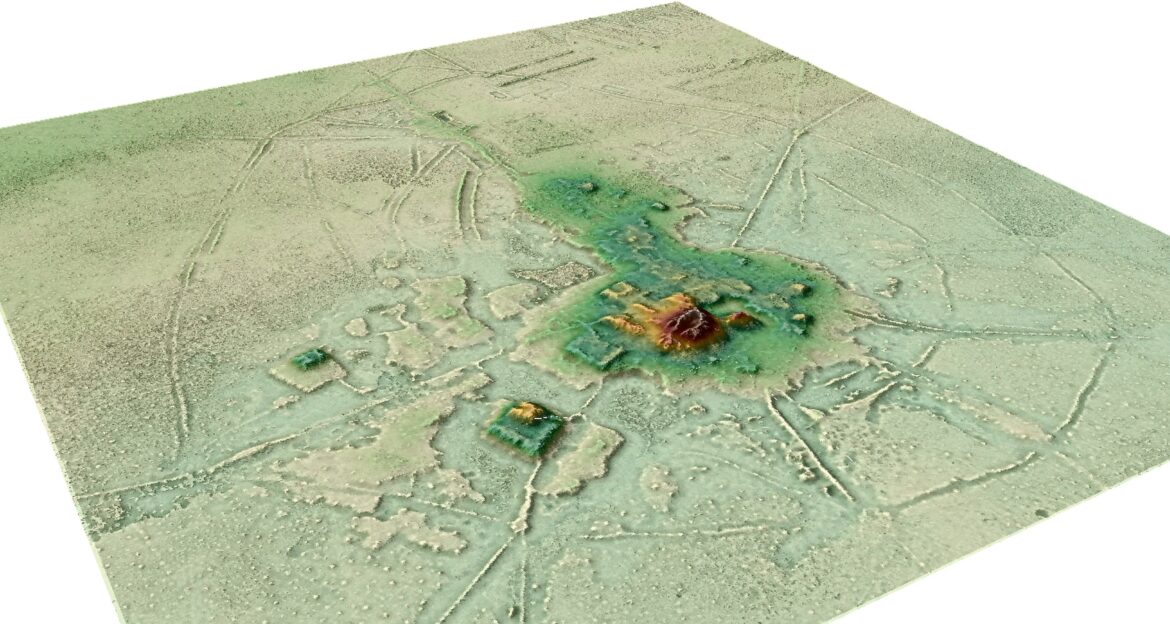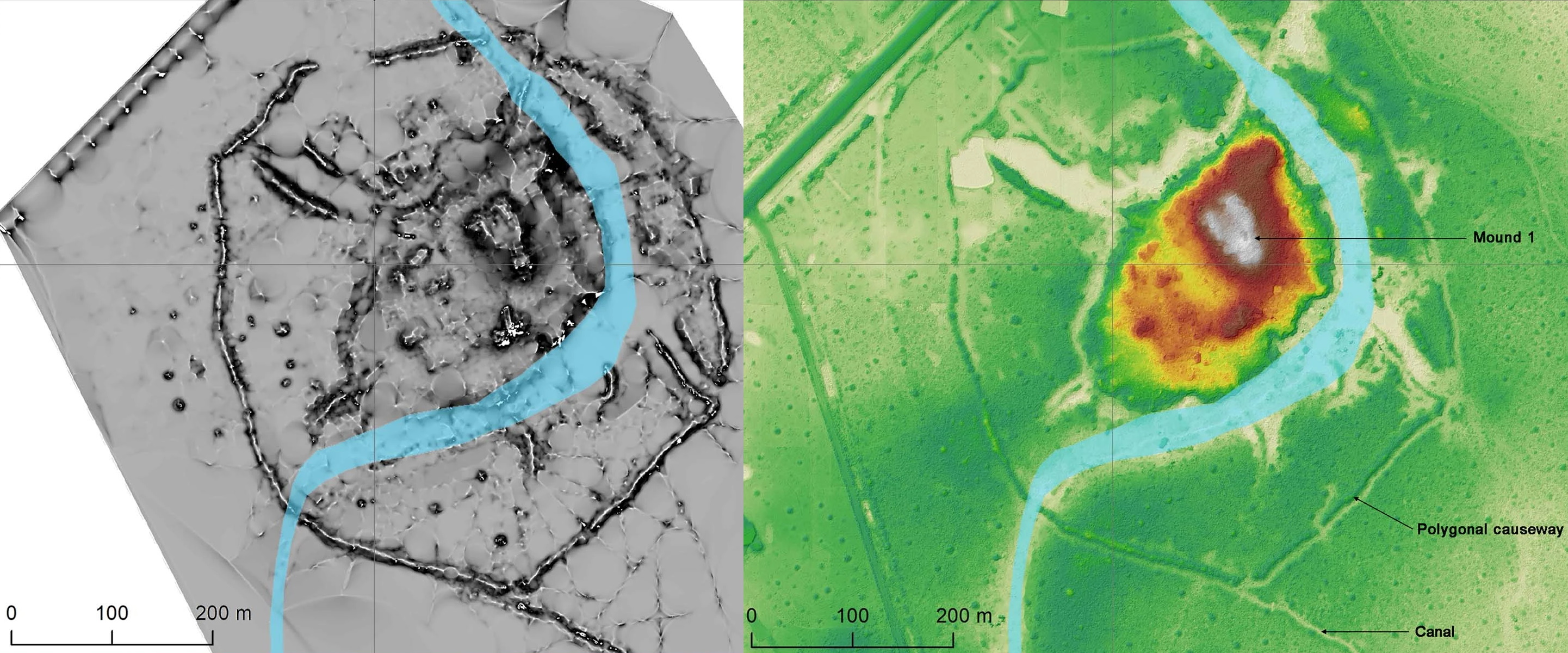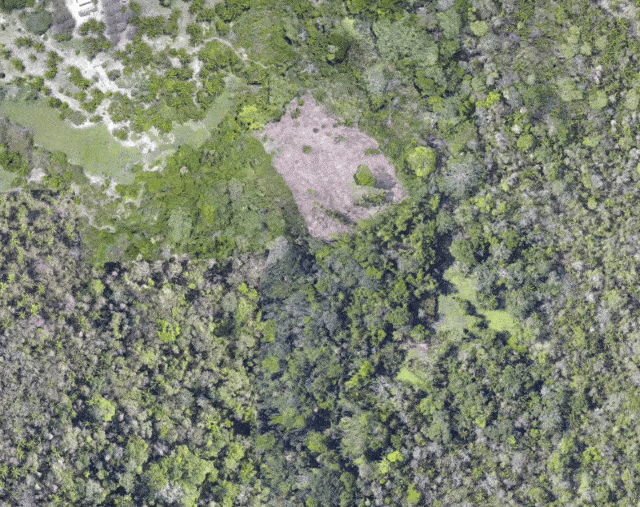Anthropology
Related: About this forumAncient Amazonians, unknown until recently, built towering mounds and reshaped the landscape
Sep 26, 2022 |
By Shafik Meghji
In a stretch of the Bolivian Amazon known as the Llanos de Moxos, the sultry port of Loma Suárez takes its name from a notorious rubber baron who built a mansion and ranch beside a loma (hill) overlooking the Ibare River. During the late 19th and early 20th Centuries, Nicolás Suárez and his brothers were among the richest – and most ruthless – people in Bolivia, ruling over a vast swathe of the Amazon Basin with terrifying violence, according to my guide Lyliam González. “They owned everything around here,” she said.

Loma Suárez is one of thousands of earthworks built by the ancient societies of the
Llanos de Moxos.
The eponymous hill is now topped with a mausoleum for one of the brothers, Rómulo – but I was more interested in the grassy mound itself. Around 10 meters in height, with a dirt path and a cluster of trees at the base, it appeared natural and nondescript. Yet it is actually man-made, one of thousands of earthworks built by remarkable but little-known ancient societies.
The Amazon prior to the arrival of Europeans in the Americas in 1492 is commonly depicted as a pristine wilderness dotted with small, simple communities. The Llanos de Moxos (or “Mojos”) elegantly rebuts this notion. Spanning 120,000 sq km of tropical savannah, rainforest and snaking waterways in northeast Bolivia, the region – which is roughly the size of England – has been inhabited for 10,000 years, initially by hunter-gatherer communities. Around 1,000 BCE, more complex societies started to develop.

Map showing the Llanos de Mojos savannah and the Casarabe
Culture area.
In response to the highly challenging environment – including dramatic seasonal floods – these people built networks of earthwork structures: hills; elevated residential and ceremonial platforms; raised fields to protect against rising water levels; plus causeways, canals, aqueducts and reservoirs. Pioneering U.S. archaeologist Kenneth Lee – who first visited the region in the 1950s while working for Shell and ended up dedicating his life to the study of the earthworks (a museum in the nearby city of Trinidad, the Museo Etnoarqueológico Kenneth Lee, now bears his name) – estimated there were as many as 20,000 earthworks, with the largest villages home to 2,000 people or more.
More:
https://cuencahighlife.com/ancient-amazonians-unknown-until-recently-built-towering-mounds-and-reshaped-the-landscape/
Judi Lynn
(164,038 posts)25 MAY 2022

Intricate settlements found in the Llanos de Mojos, Amazonia
Newly discovered ancient Amazonian cities reveal how urban landscapes were built without harming nature
A newly discovered network of “lost” ancient cities in the Amazon could provide a pivotal new insight into how ancient civilisations combined the construction of vast urban landscapes while living alongside nature

An array of intricate settlements in the Llanos de Mojos savannah-forest, Amazonia, has been uncovered. Screenshots from a 3D animation of the Cotoca site (Source: H. Prümers / DAI)
A team of international researchers, including Professor Jose Iriarte from the University of Exeter, has uncovered an array of intricate settlements in the Llanos de Mojos savannah-forest, Bolivia – that have laid hidden under the thick tree canopies for centuries.
The cities, built by the Casarabe communities between 500-1400 AD, feature an unprecedented array of elaborate and intricate structures unlike any previously discovered in the region – including 5m high terraces covering 22 hectares – the equivalent of 30 football pitches – and 21m tall conical pyramids.
Researchers also found a vast network of reservoirs, causeways and checkpoints, spanning several kilometres.
The discovery, the researchers say, challenges the view of Amazonia as a historically “pristine” landscape, but was instead home to an early urbanism created and managed by indigenous populations for thousands of years.
More:
https://www.classicult.it/en/intricate-settlements-found-in-the-llanos-de-mojos-amazonia/
~ ~ ~
Lidar exposes the remnants of an overgrown ancient civilization in the Amazon
Devin Coldewey@techcrunch / 2:14 PM CDT•May 27, 2022

Image Credits: Prümers et al.
It’s Friday and the world is falling apart, so let’s just take a short mental health break with some interesting news out of the field of archaeology, where tech is enabling some fascinating new discoveries. A new lidar-powered analysis of land in the Amazon basin has provided evidence of a previously unknown urban center of “mind blowing” complexity.
To be clear, that doesn’t mean ancient aliens or long-lost technology, just that it far exceeds the expected levels of organization and population that scholars considered possible for Amazonians of 1,500 years ago.
“Nobody expected that kind of society in that region … pyramids 20 meters high,” said Heiko Prümers, of the German Archaeological Institute, in a video produced by Nature. “The whole region has been so densely habitated during the pre-hispanic time, that’s incredible to believe. There is a new civilization, new culture, waiting for us to study them.”
Until recently it was thought that the Amazon had nothing but smaller tribes until the arrival of Spanish and Portuguese explorers — a typically Eurocentric view increasingly challenged by new scholarship. In this case Prümers was intrigued by mounds called lomas, hidden beneath the vegetation but hinting at something greater. Excavations showed that these were not rubbish dumps (as some thought) but organized areas for graves, rites and other things indicative of a complex, hierarchical society.
But finding bumps on the ground under the canopy of a rainforest is far from easy, so in 2019 they set out to scan the area by helicopter, using lidar to reconstruct the contours of the surface below the trees. This technique has proved highly fruitful recently, with whole Mayan cities and even a kilometer-long artificial earthwork uncovered that way.

Image Credits: Prümers et al.
More:
https://techcrunch.com/2022/05/27/lidar-exposes-the-remnants-of-an-overgrown-ancient-civilization-in-the-amazon/
wnylib
(25,355 posts)Usually they are preceded by one or more groups of people who learn how to use the local resources, which increases population size and the social cooperation necessary for building cities.
This link tells about the human use of the land in the Brazilian part of Amazon forest 5000 years ago. Their techniques of farming allowed permanence through replenishment of the soil instead of letting the soil get depleted and then relocating.
https://www.sciencedaily.com/releases/2018/07/180723142845.htm